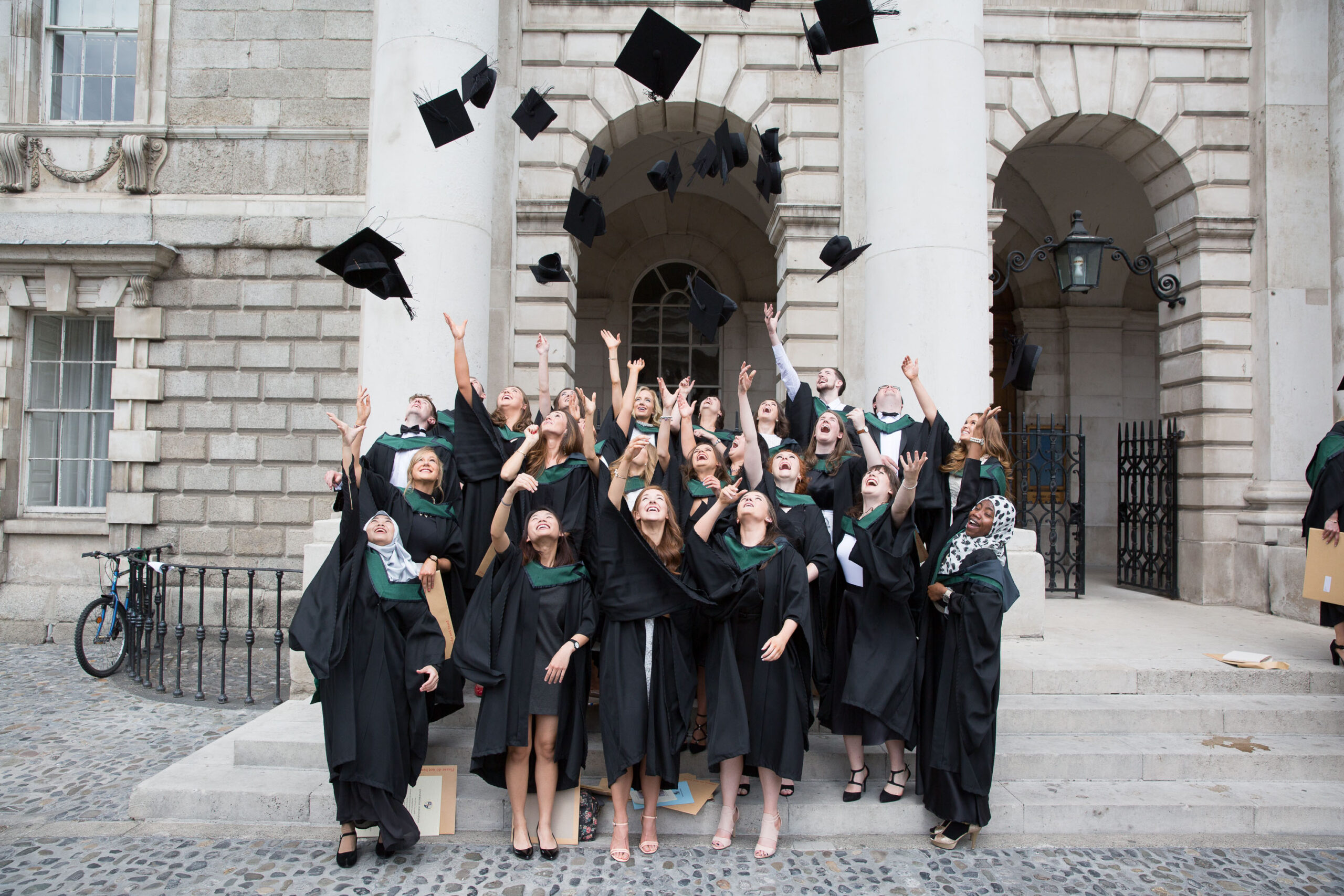As the first semester draws to a close, my friends and I have found ourselves trawling through applications for jobs, graduate programmes or postgraduate degrees. A common denominator among these applications has been a recurring request for a minimum of one academic reference. From the perspective of a prospective employer this is both a logical and straightforward requirement. However, as it turns out, from the perspective of the student, this is far from a straight forward tick-the-box exercise. While there are some variations across courses and disciplines, the common thread agreed upon by my friends and I was that many of our professors would struggle to pick us out of a line-up. Thankfully, despite some of my criminally bad essays, this is unlikely to be necessitated. However, it would be handy for them to be able to identify me sufficiently so as to be able to provide a reference.
The application guidelines of many postgrad opportunities recommend finding a suitable academic reference who can comment on your academic potential and integrity. Compliments to many of my past professors if they could comment on which of their classes I was in. In fairness I am the height of mediocre. Thus far there is nothing exceptional or appalling about my academic record. In a large lecture hall I generally aspire to do the opposite of stand out and cringe if I’ve forgotten to turn the volume down on my laptop, never mind the heart attack ensued at having to answer a question. Subsequently any lecturer who has taught me in the context of a large group teaching situation, would understandably struggle to compose an appropriate reference on my behalf. This is the stage in my reference search where I would turn instead to my tutorial: the small classes designed for student contribution and engagement. There is no doubt that these classes offer greater scope for individualised contributions. But smaller does not equate small and these classes frequently remain upwards of thirty students. Combined with the limitations of a tutorial schedule comprising of ten classes per semester, this still leaves little room for a teaching assistant or lecturer to become well acquainted with every student.
In absolutely no way is this intended to be a criticism of my professors at all. Instead, it is an observation on a larger scale gleaned across my fresher and sophister years. The structure of tertiary education is poles apart from its primary and secondary predecessors for many reasons and this is evident in the changed dynamic between educator and student.
As with most circumstances there are differences between courses and disciplines. My sophister English professors who I see twice a week in seminar style classes would be able to identify me with relative ease. However, as a joint honours student I would incur significant difficulties in sourcing a faculty member who could provide a reference for me should I chose to further my career in the social sciences instead. In this way, the differing schedules and structures across courses disadvantage some students over their peers. However, while there are different levels to which students are affected by this, the issue is far-reaching across College. In a quote to the Business Post, Trinity’s vice-provost Professor Orla Sheils acknowledged that College remain “dismayed by the lack of progress on our student-staff ratio”. The current ratio of 18:1 has remained unchanged since 2018 despite an aim to reduce it to 16:1 by 2025.
A university is intended to serve its students not itself, but the dialogue around improving the student to staff ratio consistently correlates with publications of ranking tables. The rankings can only ever evaluate from a distance and concentrate on statistics and quantitative measurements. Data tables are unable to encompass the daily learning experiences. The negative impacts of an ill-balanced student to staff ratio are highlighted every time the rankings are released but students and staff face the associated challenges even after the headlines have moved on from information released in the tables. The Irish Times reports that the national student-staff ratio is 23:1 in contrast to the European average of 15:1.
Staff are required to manage growing quantities of students alongside the developing responsibilities that accompany this. Equally students are further disengaged from the personal aspect of college. Watching a PowerPoint and submitting a critical response could be achieved with any YouTube video and its associated comment section. The separation between online material and university endures in the quality of teaching and the real connections between students and their peers and educators. The purpose of college is to facilitate students to develop both answers and questions. College is not solely designed to be a passive education process. The greatest benefit can be attained when it draws on combining experts in their fields with newcomers. College is at its most effective when facilitating a shared arena between wisdom and wonder, but achieving this consistently will require consistent efforts to reduce the student to staff ratio.








